Air compressors suitable for different occasions
-
An air compressor is a device used to compress air into a high-pressure gas, often used in industrial production, manufacturing and energy fields. According to different working principles and application scenarios, air compressors can be divided into many types, including the following common types:
1.Screw air compressor: Screw air compressor compresses gas through the rotation of two screws. It has the characteristics of simple structure, smooth operation and low noise, and is widely used in industrial production.
2.Piston air compressor: A piston air compressor uses a piston to reciprocate in a cylinder to compress gas. It is suitable for small air compressors and high-pressure air compressors.
3.Screw scroll air compressor: Screw scroll air compressor is a high-efficiency and energy-saving air compressor. It realizes gas compression through the rotation of the screw and the action of the scroll. It has the characteristics of high efficiency, energy saving, and stability.
4.Reciprocating air compressor: Reciprocating air compressor uses the reciprocating motion of the piston in the cylinder to compress the gas. It is suitable for small and medium-sized air compressors.
About basic maintenance of air compressor
-
In order to ensure the normal operation of the compressor and extend its service life, in addition to regular maintenance and inspection, daily maintenance and inspection is very important.In addition to using various instruments to measure the operating changes of the compressor, inspections are usually made by looking, listening, and touching. However, these three methods are not isolated, but are interrelated. One of these methods alone cannot check whether the compressor is running well or not.
1.Regularly replace the filter element and filter oil: The filter element and filter oil of the air compressor need to be replaced regularly to ensure the normal operation of the air compressor and maintain the cleanliness of the compressed air.
2.Clean the cooling system: Regularly clean the cooling system of the air compressor, including the radiator and cooling fan, to ensure heat dissipation and prevent overheating.
3.Check and tighten connections: Regularly check and tighten air compressor connections, including pipes, joints, and bolts, to ensure system tightness and safety.
4.Lubrication system maintenance: Regularly check the oil condition of the lubrication system to ensure that the lubricating oil is sufficient and clean, and replace aging lubricating oil in a timely manner.
5.Regularly check the electrical system: Regularly check the electrical system of the air compressor, including the motor, cables and control panel, to ensure the normal operation and safety of the electrical system.
Air compressor voltage is too high or too low
-
Voltage is too high
The screw air compressor unit is equipped with a voltage protection device. Usually, the equipment will start automatically under low pressure, and it is normal for the equipment to automatically stop under high pressure. All pressure-related pressures are automatically controlled by pressure switches or pressure sensors. Therefore, if there is a pressure problem with the machine, it is usually only necessary to adjust the air compressor pressure, adjust the operating range of the pressure switch, and adjust the starting pressure set on the sensor. Pressure switches have different ranges and ranges. The scope can be adjusted according to the company's production needs, and the differences generally remain unchanged. Just adjust the starting and ending pressure values set by the pressure sensor. You can adjust the pressure by finding the pressure adjustment option on the air compressor panel.
Voltage is too low
This is a problem that many users are prone to encounter, and the damage is usually greater. If a company uses an industrial variable frequency air compressor, the voltage can only be changed by adjusting the transformer. For example, if the mains voltage is only 360V, the transformer will need to be replaced when 380V becomes 220V. However, since the cost of replacing a transformer with an electric motor is often high, it is recommended to contact the manufacturer before deciding on a solution.
In the case of an inverter air compressor, there are more solutions. For inverter models, due to the internal circuit principle of the inverter: the inverter changes the output power by changing the output voltage, but the voltage cannot be higher than the input voltage. If the input voltage is only 360V, a machine with a rated voltage of 380V can only output 360V; if the voltage is not enough, the inverter will increase the current. In fact, it can be used as long as the current is not too large. If the current is too large, the upper limit frequency can also be reduced to ensure normal operation of the machine.
Air compressor cleaning method
-
When an air compressor has been used for a long time, there will be carbon deposits, grease, rust, sediments, etc. inside; or if different brands and types of air compressor lubricants have been used, there will be gum formation. These are harmful to the normal operation and service life of the air compressor.To ensure the smooth operation of the air compressor, ensure the normal production of user companies, eliminate hidden dangers, and extend the service life of the air compressor, the air compressor must be cleaned regularly. So how should it be cleaned?
1.How to clean the air compressor: First turn on the air compressor and let it run for a few minutes to allow the oil to reach normal temperature; then turn off the air compressor and disconnect the main circuit switch.
2.After the internal pressure is relieved, open the refueling cap and pour in the air compressor cleaning agent; Tighten the refueling cap and start the air compressor to run for 30 minutes; Drain the old lubricating oil and add new air compressor lubricating oil; When changing lubricating oil, the oil filter must be replaced at the same time.
3.To remove dust on the surface of the radiator, use an air gun to blow away the dust on the surface of the cooler. The steps for cleaning an air compressor are basically as follows. When cleaning, you must follow the product instructions and operating procedures.
4.After cleaning, the temperature of the air compressor can drop by about 10 degrees, making the air compressor run more reliably, improving compression efficiency, and extending the service life of the air compressor. At the same time, it is also necessary to formulate a detailed maintenance plan and perform regular maintenance on the air compressor.
Steps to start up the air compressor
-
The steps to start up the air compressor are usually as follows,Loosen the shipping brackets or bolts on the main frame that connect to the large base of the cabinet. These brackets or bolts are used to secure and protect the air compressor during transportation, but need to be loosened before use to ensure that the air compressor can run freely.
Connect the power cord and ground wire, and check whether the voltage is correct and whether the three-phase voltage is balanced. This is to ensure the stable operation of the air compressor.
Check whether the electrical wiring is firm and reliable. Electrical wiring is an important part of the air compressor. If the wiring is not firm or has hidden dangers, it may cause equipment failure. .Check whether the oil level in the oil and gas cylinder is at the appropriate position. An oil level that is too low may cause poor lubrication of the equipment, while an oil level that is too high may affect the normal operation of the equipment. Therefore, it is necessary to ensure that the oil level is within the normal range.
Check that the belt tension is appropriate. The belt is an important transmission component in the air compressor. If the tension is inappropriate, it may cause the belt to slip or wear too quickly, thus affecting the normal operation of the equipment.
Before starting for the first time or after a long shutdown, 0.5-1.5L air compressor oil should be injected into the compressor body through the air inlet, and the air compressor should be rotated by hand for a few turns to prevent oil loss and burning in the head when starting. damage. This is to ensure that the air compressor has enough lubricating oil when it is started, thereby protecting the equipment from damage.
After completing the above steps, you can start the air compressor according to the instructions in the operation manual. Please note that you must follow operating specifications during operation and ensure that the equipment is in a stable and reliable condition. If necessary, it is recommended to consult professionals or manufacturers for guidance.
Safety Operating Procedures for Screw Air Compressors
-
Screw air compressors are widely used in various industries for their efficiency in generating compressed air. However, it is crucial to prioritize safety when operating these machines. This article aims to provide a concise guide on the safety procedures that should be followed while operating screw air compressors.
1. Proper Training:
Before operating a screw air compressor, it is essential to receive proper training on its operation, maintenance, and safety guidelines. Familiarize yourself with the compressor's specific features, controls, and potential hazards. Ensure that all personnel involved in operating the equipment have received appropriate training.
2. Safety Equipment:
Always wear appropriate personal protective equipment (PPE) when operating a screw air compressor. This includes safety glasses, ear protection, gloves, and appropriate footwear. PPE helps protect against potential injuries caused by flying debris, noise exposure, and accidental contact with moving parts.
3. Pre-Operational Checks:
Before starting the compressor, perform the following checks:
a) Inspect the compressor and its surrounding area for any signs of damage, leaks, or obstructions. Ensure that the compressor is properly grounded.
b) Check all safety devices, such as emergency stop buttons, pressure relief valves, and pressure gauges, to ensure they are functioning correctly.
c) Verify that all required maintenance has been performed, including oil and filter changes, and that all fluid levels are within the recommended range.
4. Startup Procedure:
a) Before starting the compressor, ensure that all personnel are clear of the equipment and that no one is in the immediate vicinity.
b) Follow the manufacturer's instructions for starting the compressor. This may involve engaging the power supply, opening the air intake valve, and activating the control panel.
c) Monitor the compressor during startup for any abnormal noises, vibrations, or leaks. If any issues are detected, immediately shut down the compressor and report it to the appropriate personnel.
5. Operation Guidelines:
a) Never exceed the maximum operating pressure specified by the manufacturer. Operating above the recommended pressure can lead to equipment failure and potential accidents.
b) Regularly monitor pressure and temperature gauges during operation. Any significant deviations from normal values should be investigated promptly.
c) Avoid overloading the compressor by exceeding its duty cycle. Allow the equipment to cool down adequately between continuous operation to prevent overheating.
6. Shutdown Procedure:
a) Gradually reduce the operating pressure to zero using the compressor's control panel.
b) Once the pressure is reduced, turn off the power supply to the compressor.
c) Perform a final check of the equipment and the surrounding area to ensure that everything is in order before leaving.
Conclusion:
By following these safety operating procedures for screw air compressors, operators can minimize the risk of accidents and injuries. Remember, safety should always be the top priority to ensure a secure working environment for both the operator and those in the vicinity.














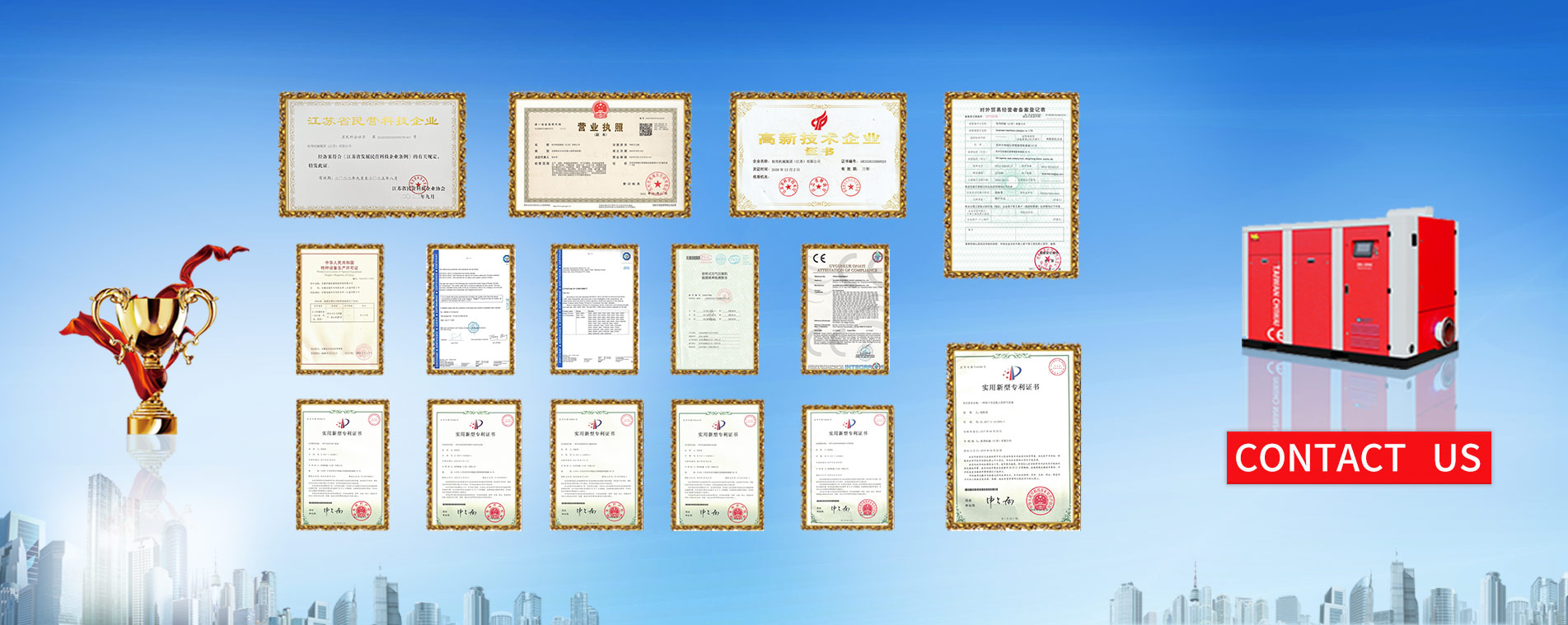
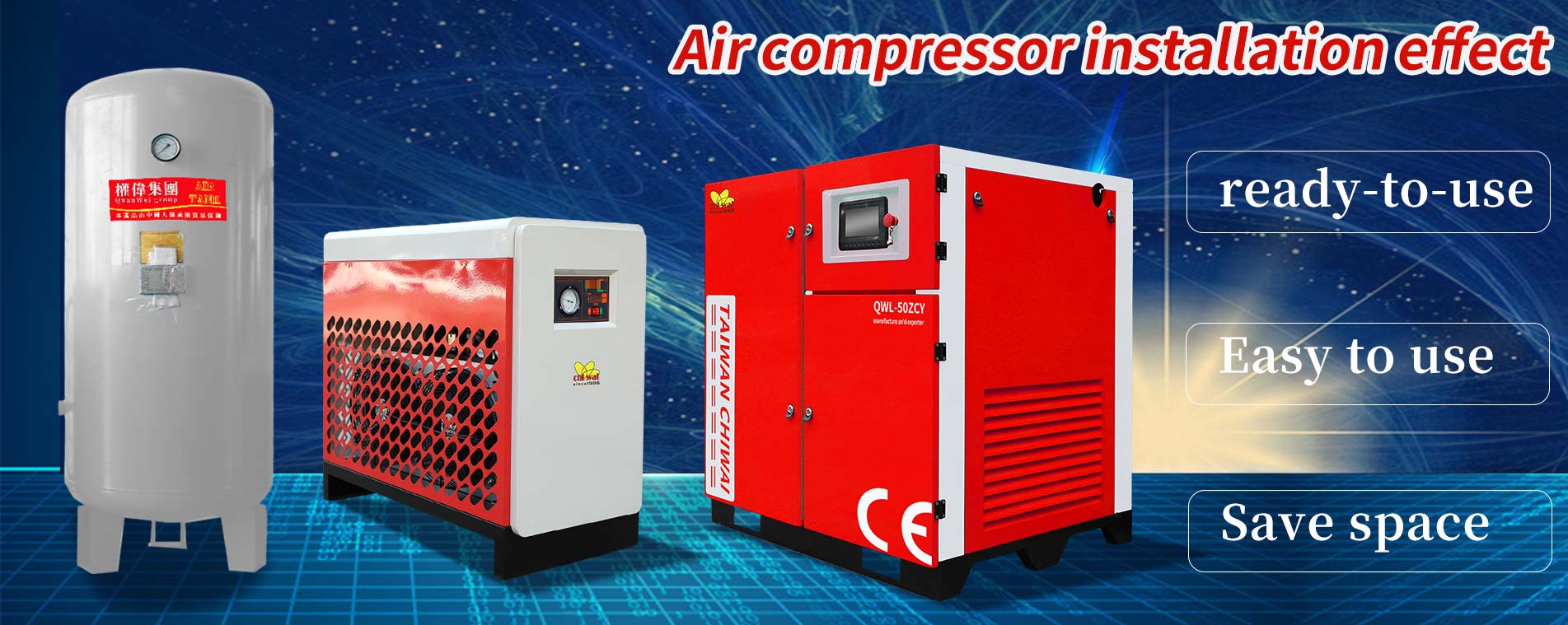
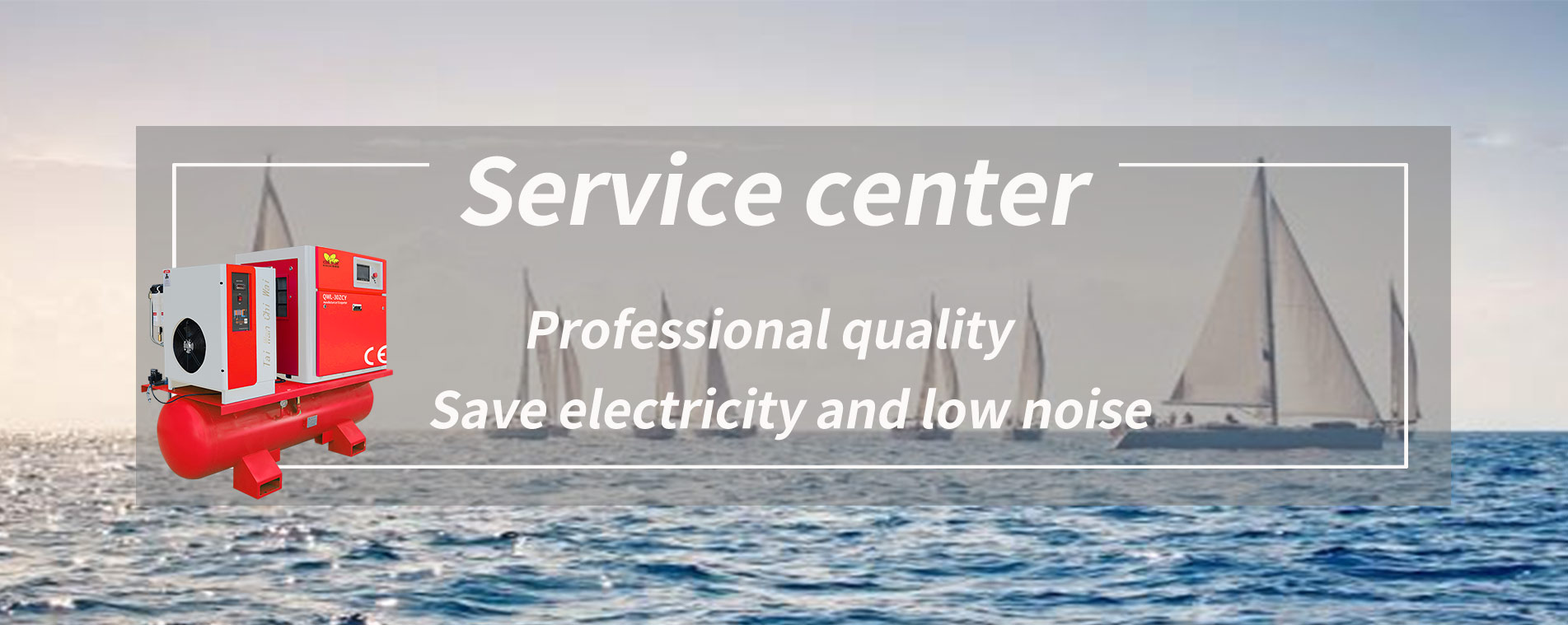





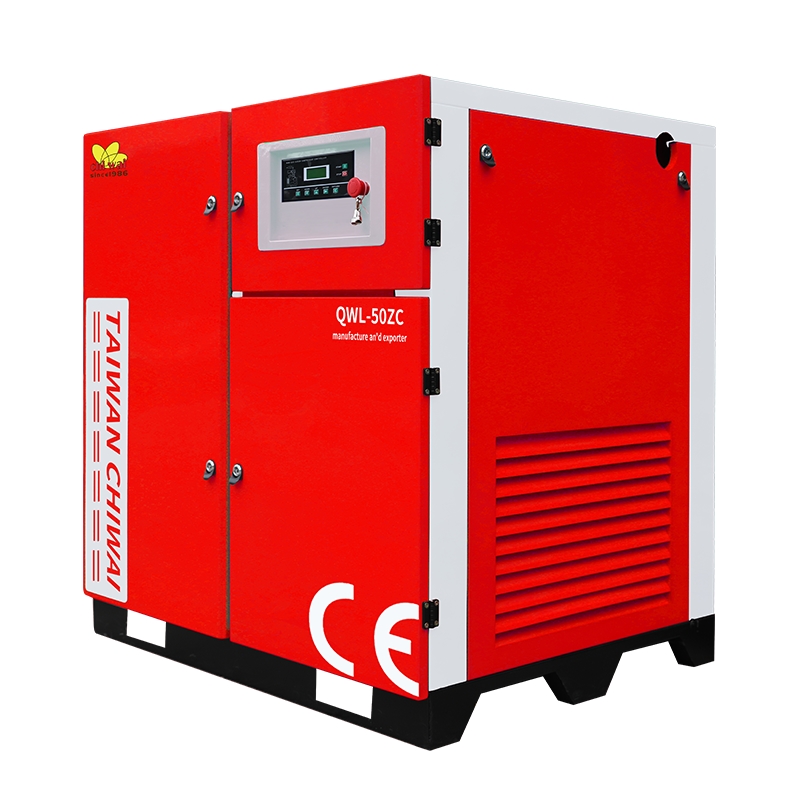
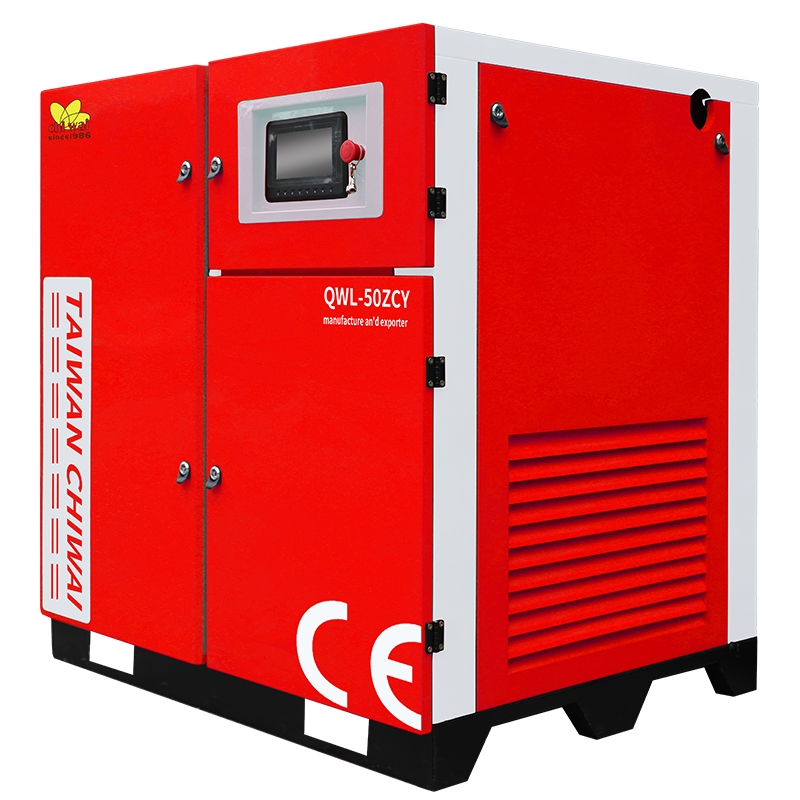
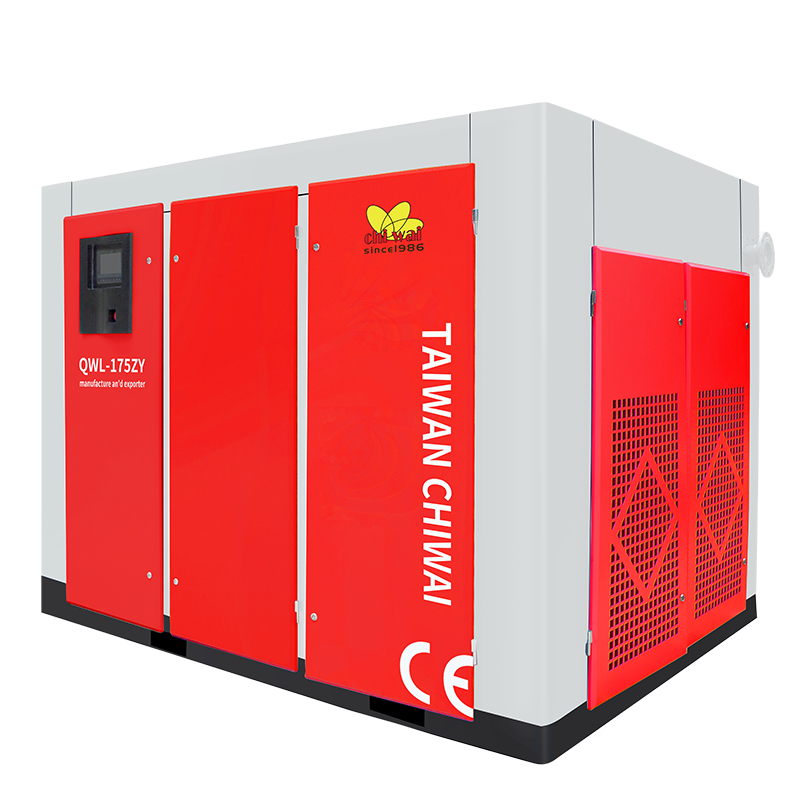
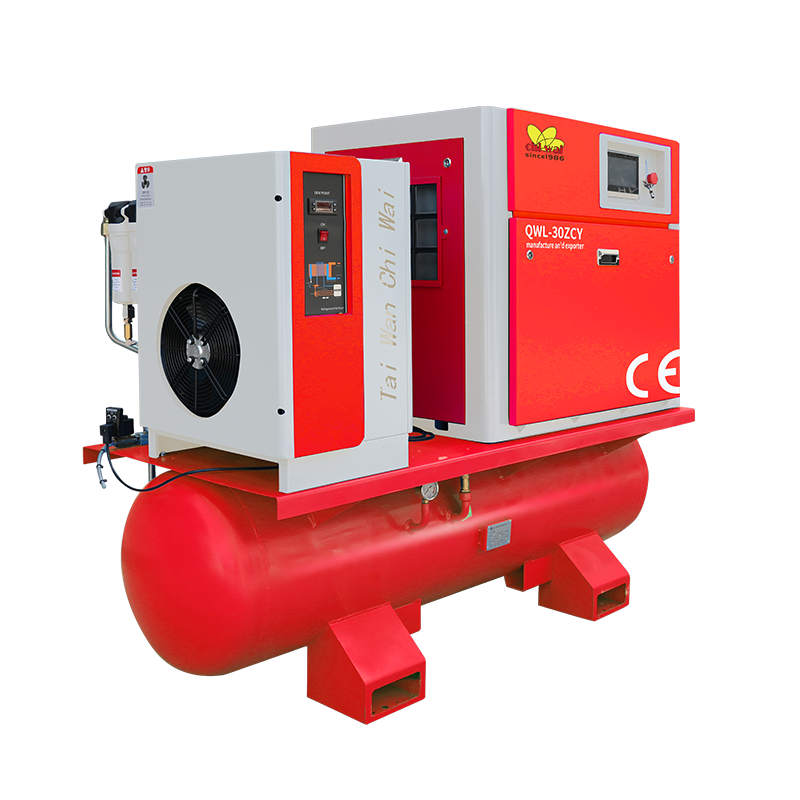
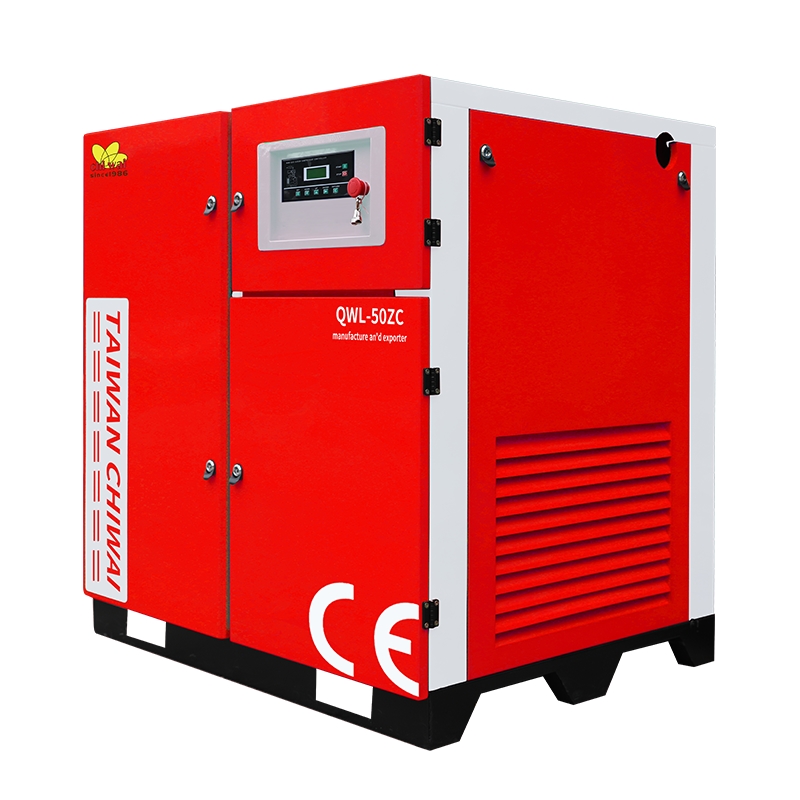
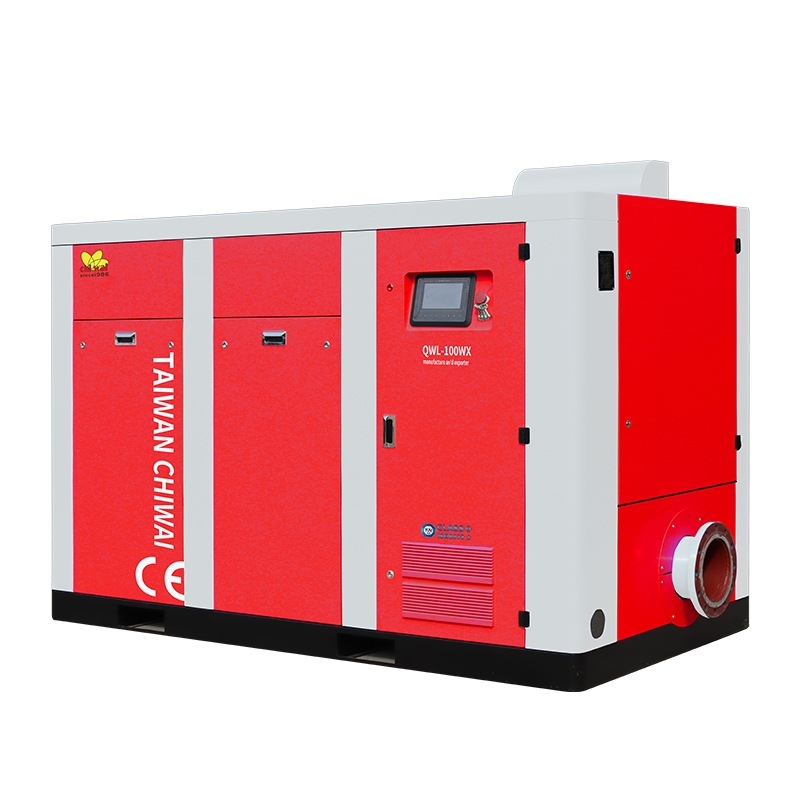
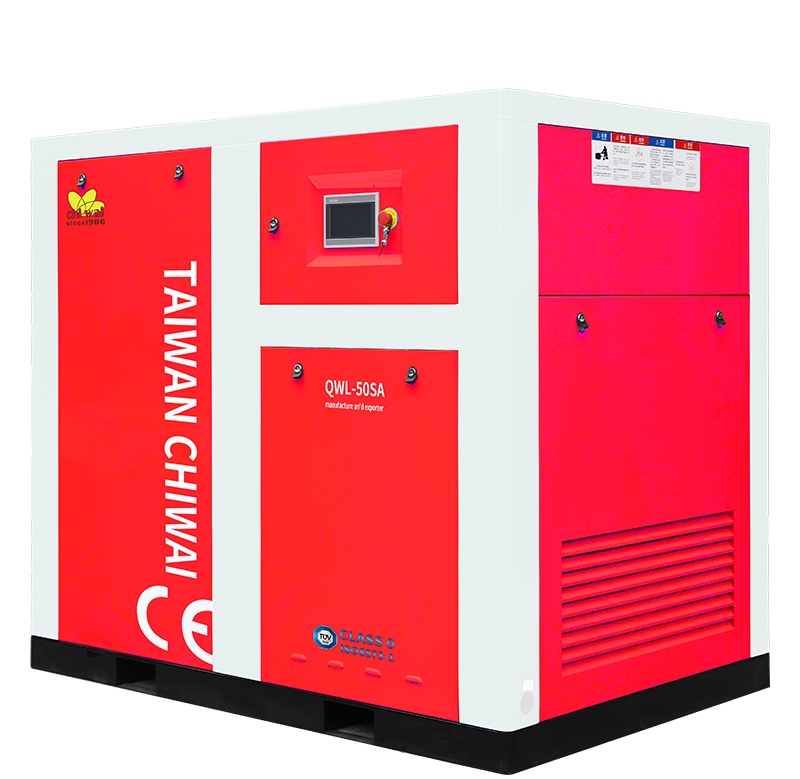
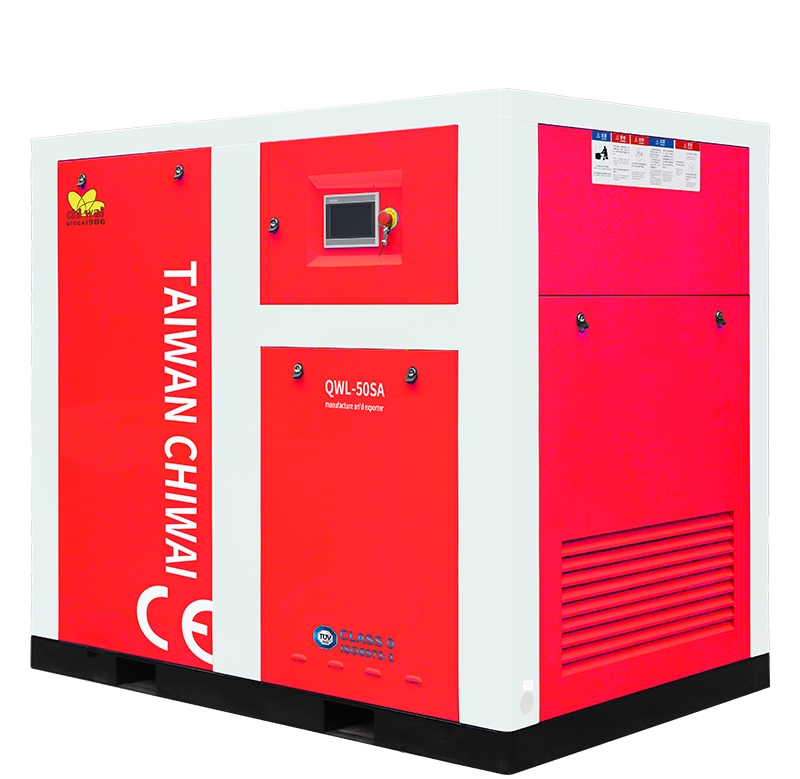
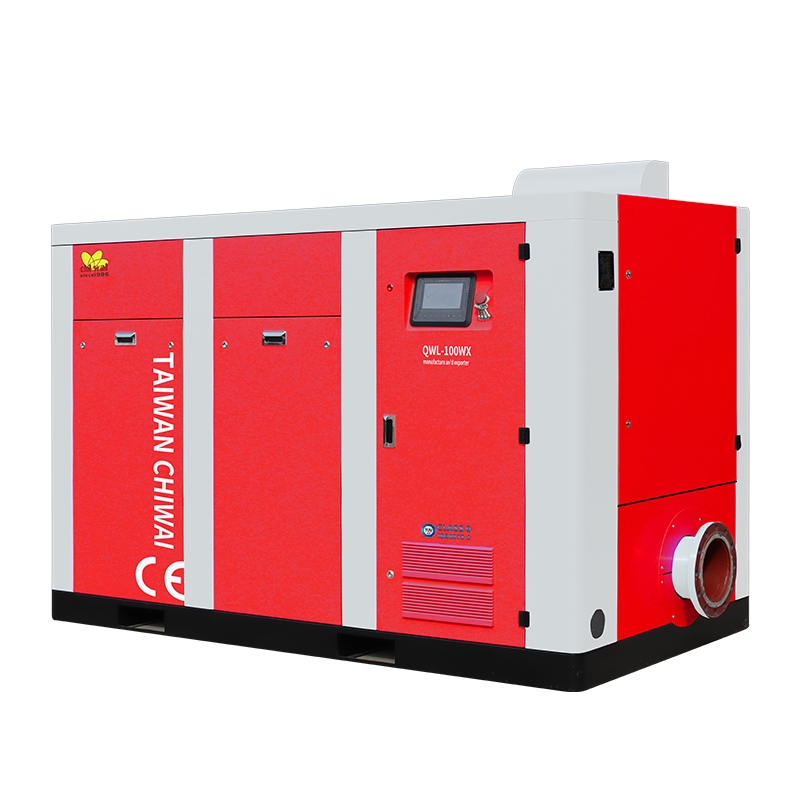
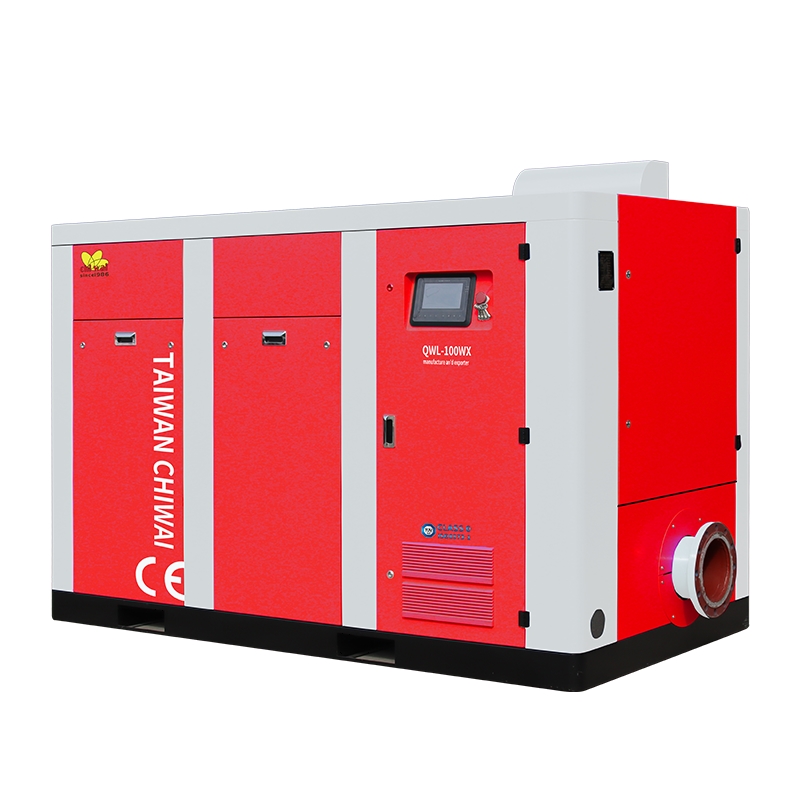
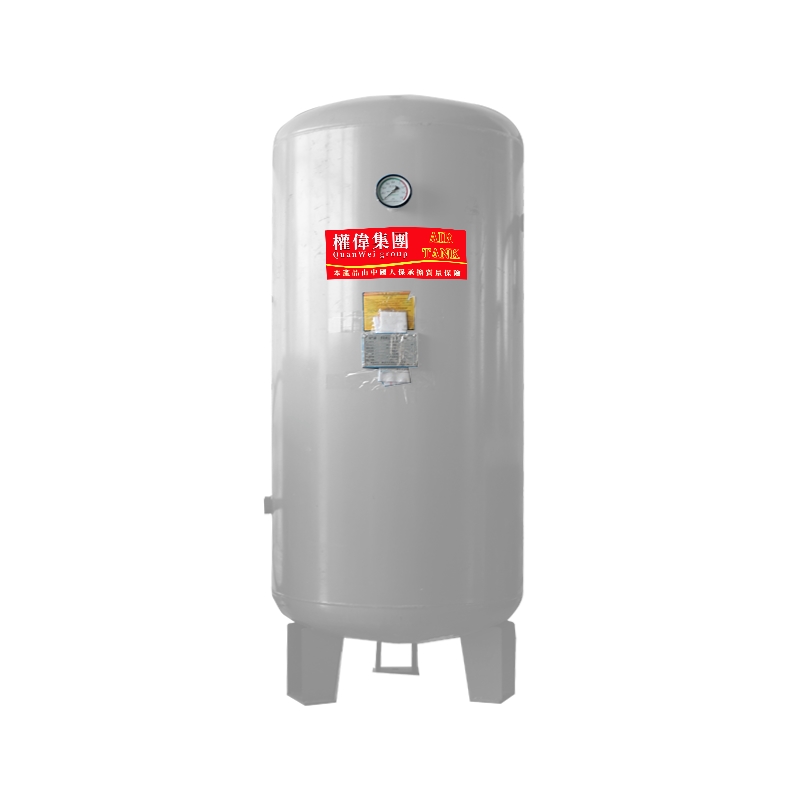
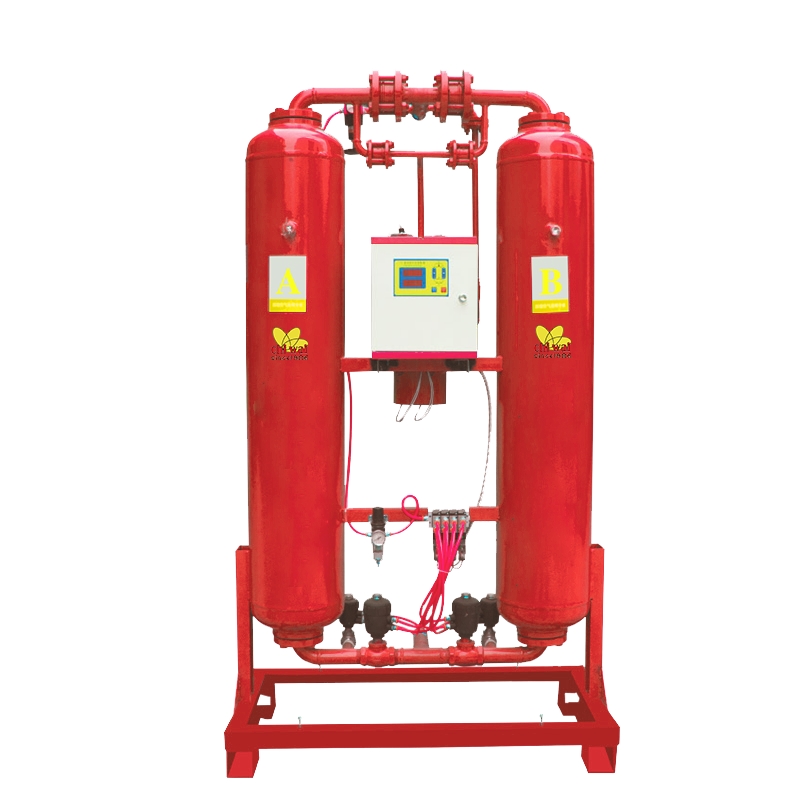
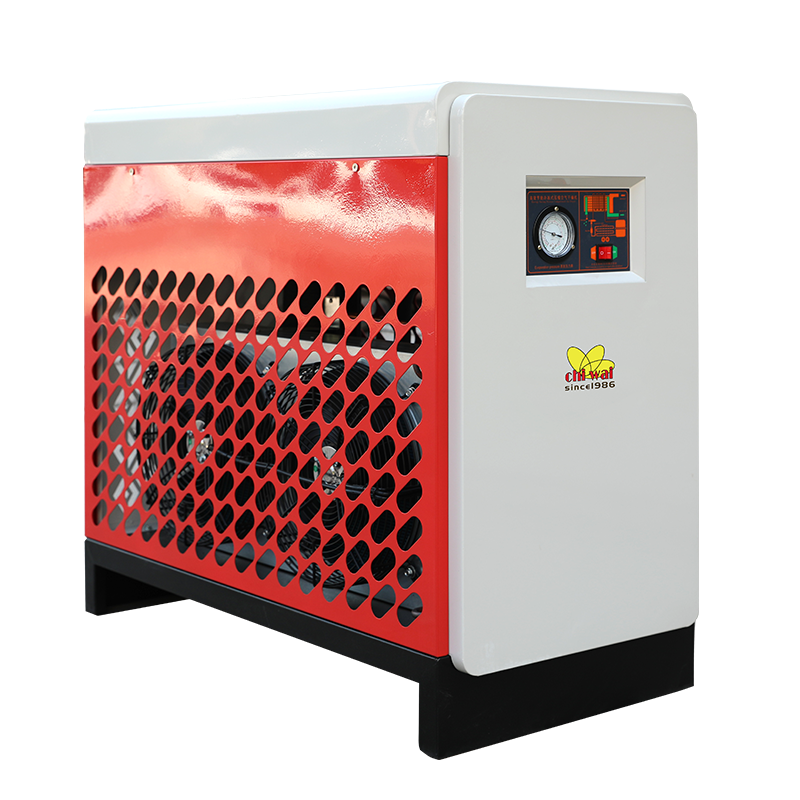
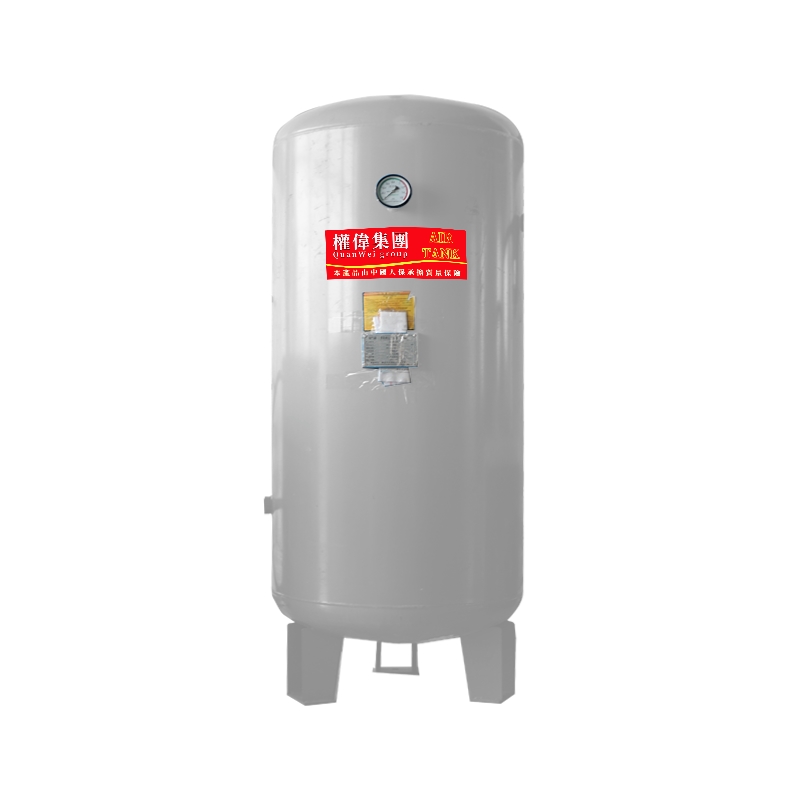
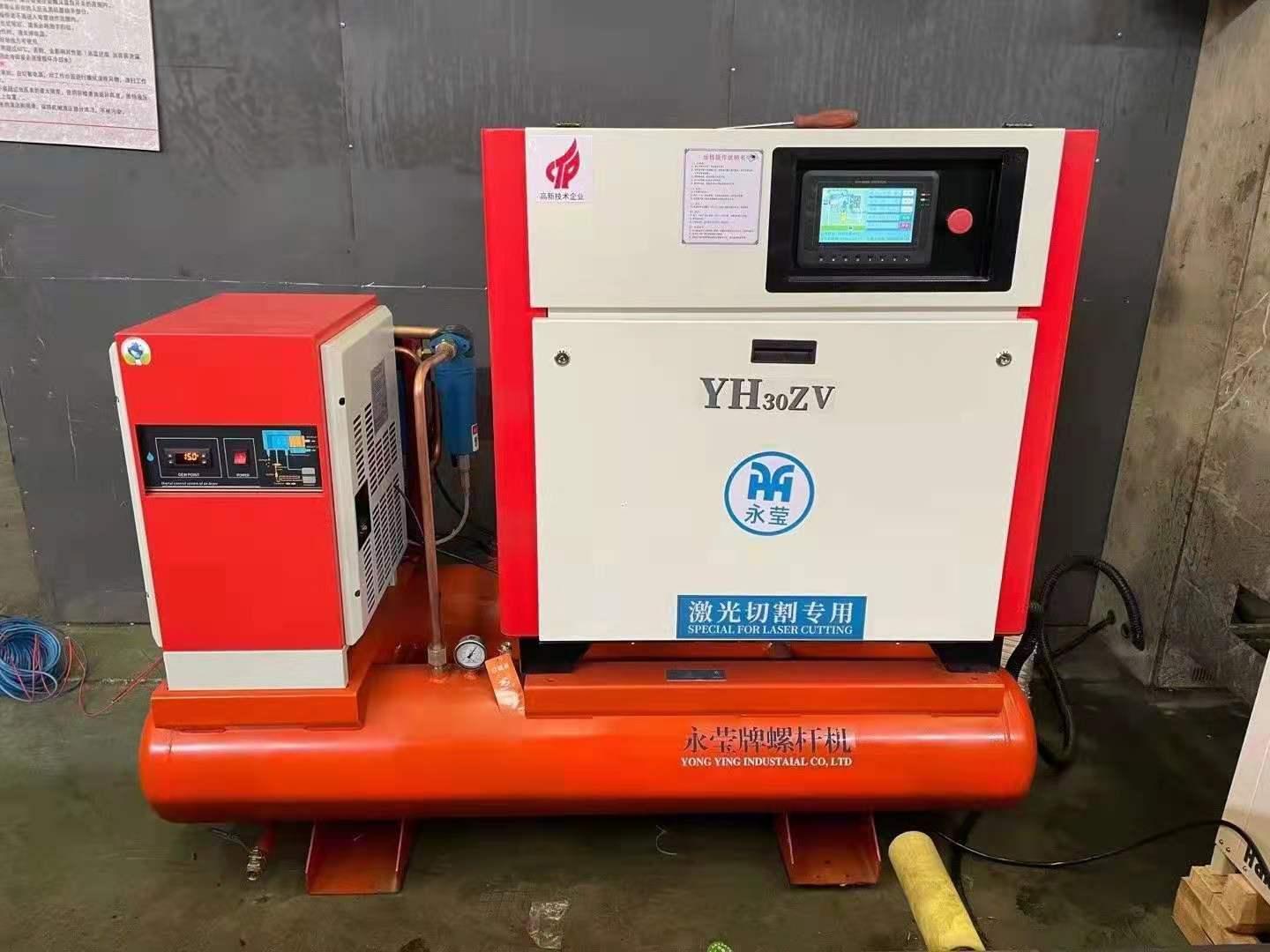
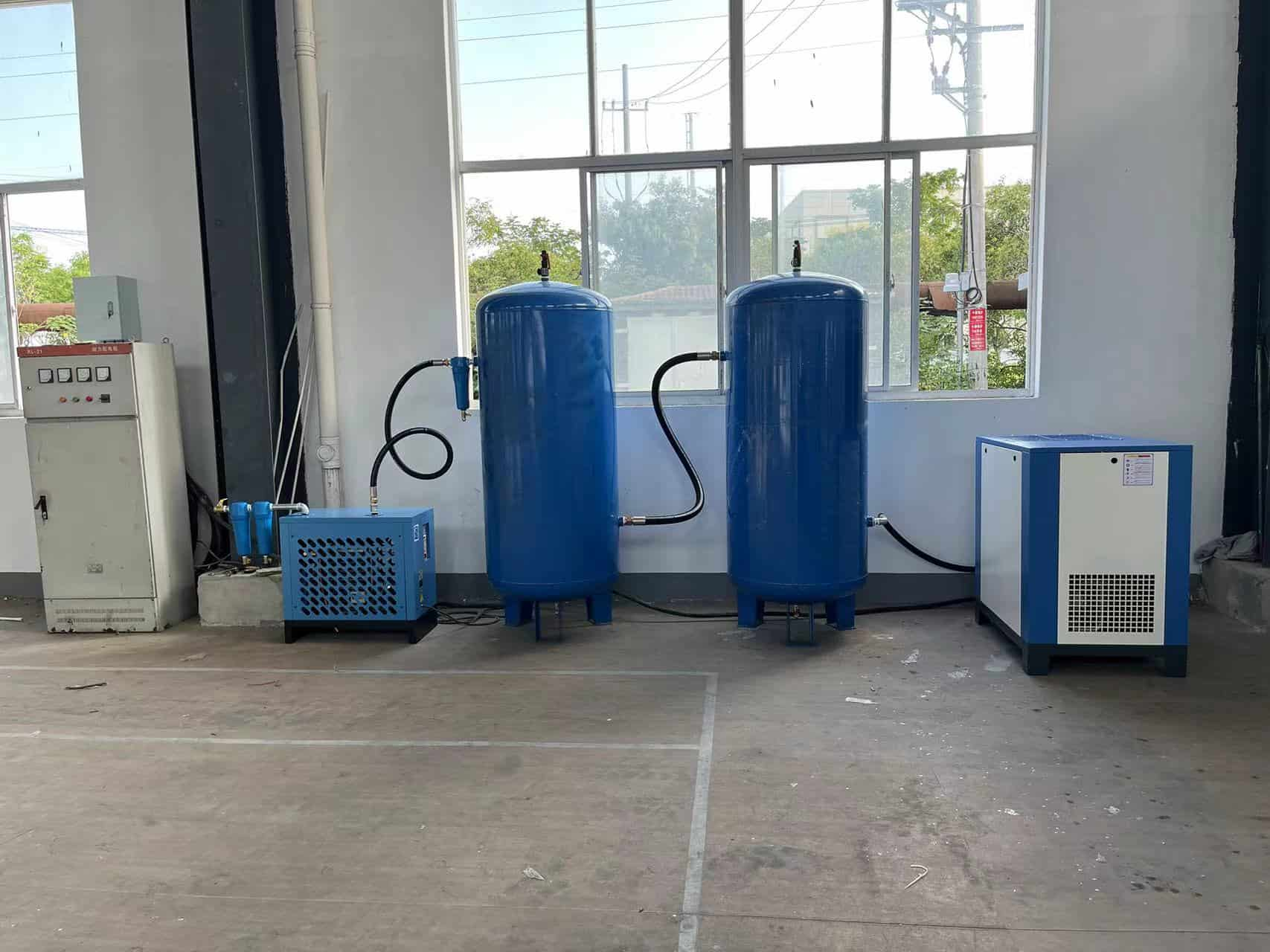
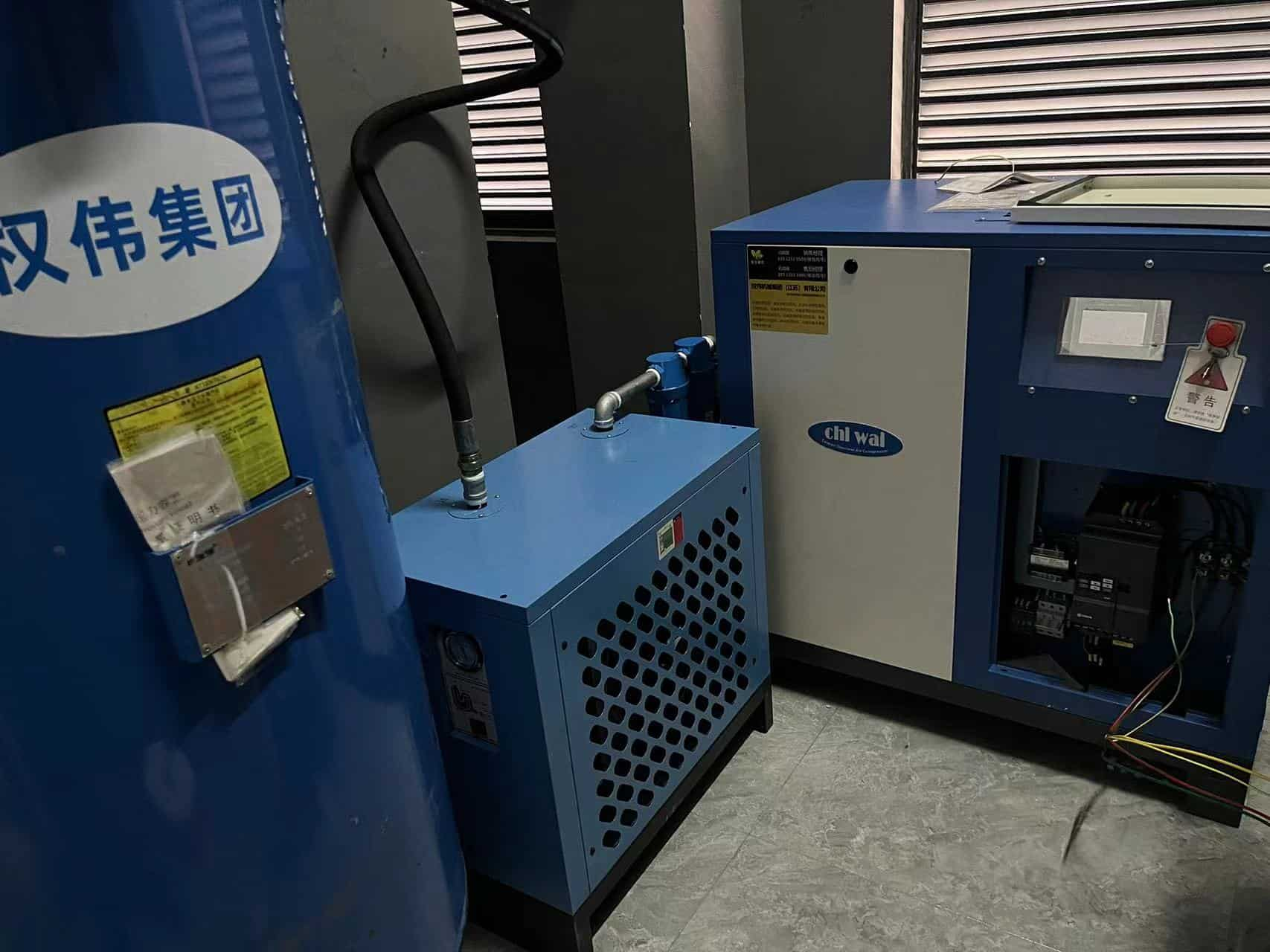
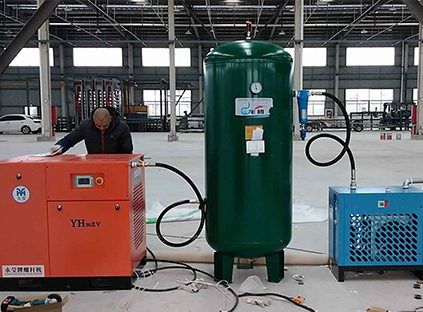





 IPv6 network supported
IPv6 network supported